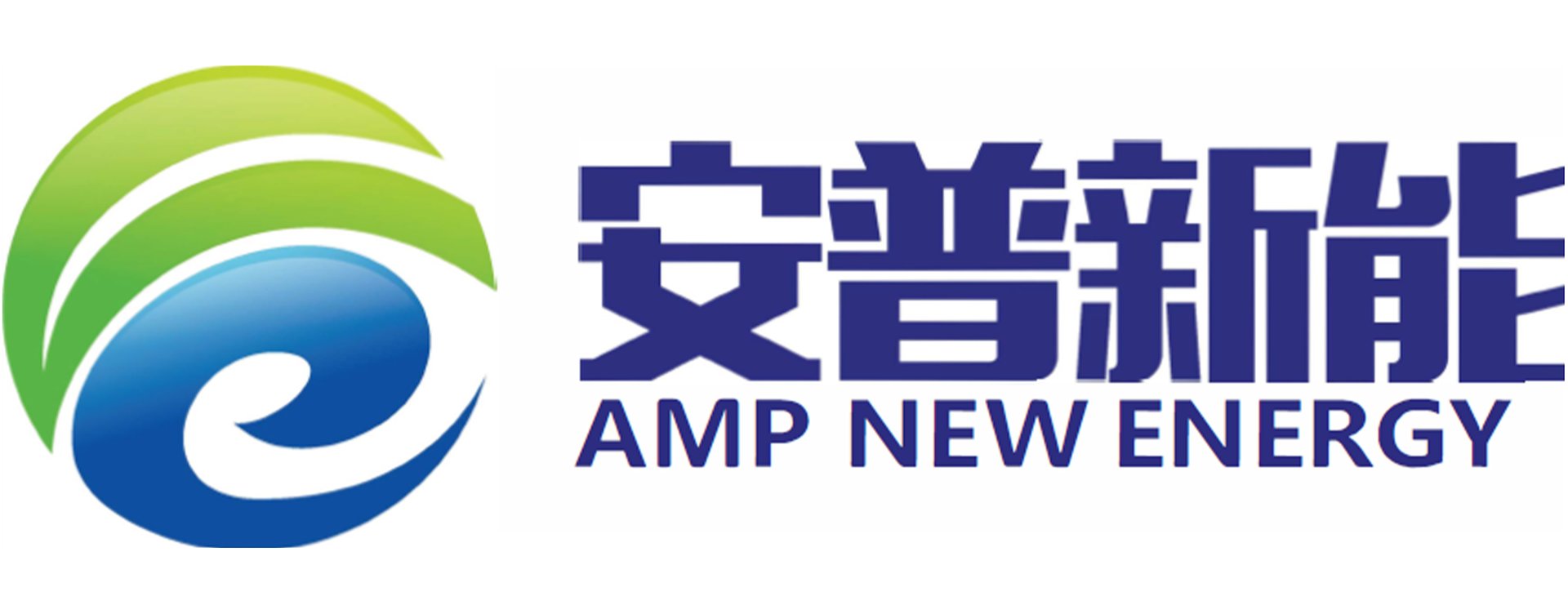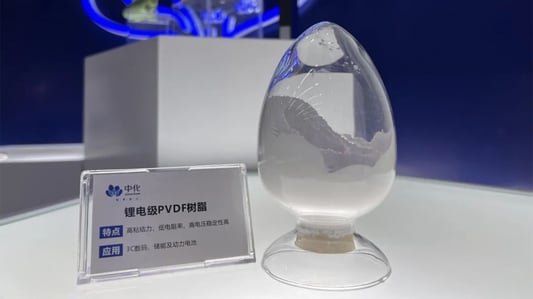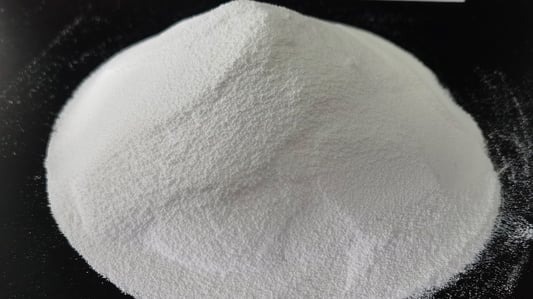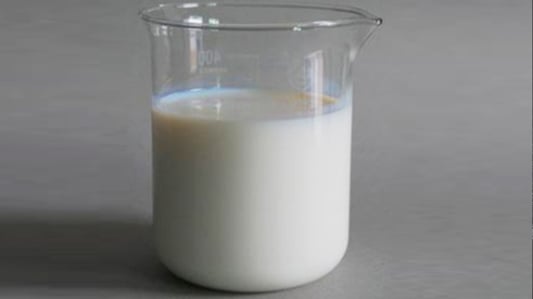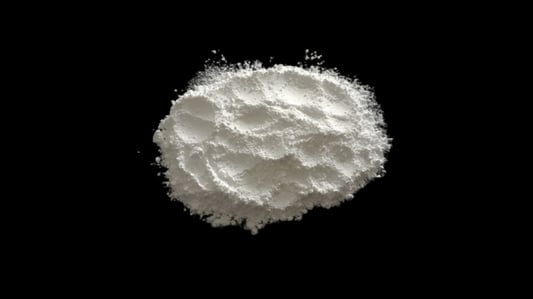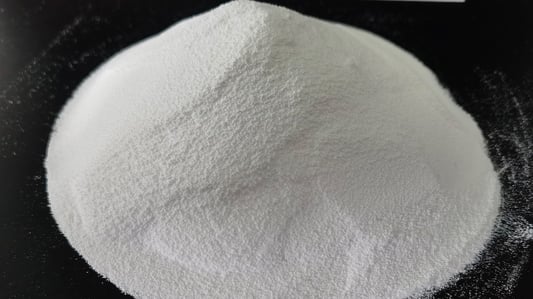Conductive carbon black is a type of conductive agent and an important auxiliary material in lithium batteries.Compared to other conductive agents, conductive carbon black has better overall performance and is currently the mainstream conductive agent. Benefiting from the continuous growth in demand for downstream new energy vehicles, we expect the global market space for conductive carbon black to be around 7.6 billion yuan by 2027. In terms of production process, the main barrier for conductive carbon black lies in the design of reaction furnace equipment. In terms of production cost, the main cost components of this product include raw materials such as coal tar. In terms of market landscape, this product has mainly relied on imports in the past, but is currently accelerating domestic substitution. Domestic companies mainly include Black Cat Corporation, Jiaozuo Hexiong, Yongdong Corporation, and Wuxi Dongheng. Looking at future trends, conductive carbon black is suitable for the trend of composite conductive agents. Conductive carbon black is the mainstream lithium battery conductive agent, with core technology creating barriers Conductive agents are important auxiliary materials for improving the conductivity of lithium batteries, which can compensate for the poor conductivity of positive electrode materials and maintain the conductivity performance of negative electrode materials after repeated expansion and contraction. Conductive carbon black performs well when considering factors such as the degree of improvement in electrode conductivity, slurry dispersion performance, formulation dosage, and cost. According to GGII data, conductive carbon black accounted for 65% of China's power battery conductive agents in 2022. The performance of conductive carbon black is mainly determined by its structural characteristics, specific surface area, and magnetic impurity content. The performance requirements for lithium-grade conductive carbon black are higher than for ordinary carbon black, and the product performance can be classified from low to high as acetylene black, SP, and Ketjen black. The reaction furnace is an important reaction equipment and a core barrier for the production of conductive carbon black, with components such as the oil nozzle in the furnace head being crucial for accuracy. Localization and cost reduction are the trend, with potential for small and beautiful new energy tracks In terms of cost composition, raw materials such as coal tar account for approximately 80% of the cost of conductive carbon black. The price of imported conductive carbon black has long been high, with shipping costs accounting for a certain proportion.Domestic substitution can eliminate shipping costs, while domestic raw material costs are lower than overseas costs, making it cost-effective. Assuming that the proportions of conductive carbon black added to ternary positive electrode materials, lithium iron phosphate and other positive electrode materials, and negative electrode materials are 2%, 3%, and 1% respectively, and the penetration rates of conductive carbon black from 2023 to 2027 are 56%, 54%, 52%, 51%, and 50%, the global market demand for conductive carbon black from 2023 to 2027 is estimated to be 48,000 tons, 66,000 tons, 89,000 tons, 118,000 tons, and 152,000 tons, corresponding to market spaces of 3.14 billion yuan, 3.94 billion yuan, 4.87 billion yuan, 6.15 billion yuan, and 7.60 billion yuan. Domestic substitution is underway, with efforts to promote expansion In the past, due to the dispersed scale of domestic carbon black companies and their focus on the tire market, as well as insufficient core research and development technology for reaction furnaces, domestic conductive carbon black was almost entirely dependent on imports. Major companies included France's Orion Stone, the United States' Cabot Corporation, Japan's Lion King, and Japan's Denka Corporation. With the accelerated penetration of downstream new energy vehicles and the significant increase in demand for lithium batteries, overseas supply of conductive carbon black has been unable to meet demand and prices have been high. Domestic companies have begun to initiate domestic production, gradually achieving technological breakthroughs. Major companies include Black Cat Corporation, Jiaozuo Hexiong, Yongdong Corporation, and Wuxi Dongheng.Risk warning: Lower-than-expected sales of downstream new energy vehicles, slower-than-expected industrialization progress, technological innovations, and the mention of companies in the industry chain do not represent coverage or investment recommendations for the company.
02. April, 2024
